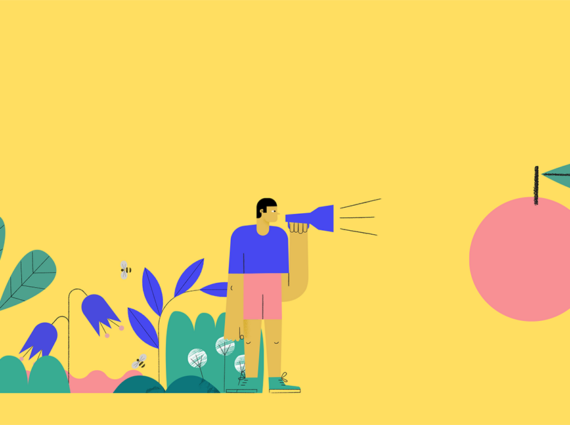Some – such as tits, gilts and wrens – stay in Poland for the winter. Others, including bohemian waxwing, common redpoll, snow bunting, come here, especially at this time of year from even colder regions. You can also observe endangered species such as long-tailed ducks and eider ducks. Whether they are just passing through or have been nesting here for years, winter is an art of survival for the birds. When everything is covered in snow or ice, the food search requires a great deal of energy.
On the one hand, it seems that the most robust species will manage; the laws of nature are tough, after all. Nevertheless, it is still worth feeding birds in winter. Human activity has a strong impact on the environment and significantly reduces the natural food base of birds. Feeding them will help alleviate the situation somewhat. Numerous bird populations are also better prepared to adapt to environmental changes, which is essential in the context of ongoing global climate change.
Watching birds eating is just plain fun! It helps children develop sensitivity to nature and builds a sense of bond with their little friends.
Which bird feeder to choose?
You can buy a ready-made bird canteen or make one yourself – plastic bottles and unnecessary boards are perfect for this. Avoid plywood and chipboard, which may contain compounds harmful to birds. It is also important that the structure is solid, nails do not stick out, and the food is protected from rain or snow. This will guarantee the safety of the feathery guests. We need to reduce the possibility of injury and accidental contact with mouldy food. Wet seeds spoil quickly.
When constructing a bird feeder, bear in mind that birds need to observe the area freely and take flight easily. Therefore, it is good to choose birdhouses that are not too tightly enclosed.
When choosing a “house” type feeder, it is worth paying special attention to the floor. It’s best to choose an extendable floor or one that has an easily accessible surface. Such a feeder will need to be cleaned every few days. Bird droppings can contain bacteria that can be harmful to other feeder guests. And let’s face it: organising a ‘bird rescue service’ is an entirely different level of bird caretaking.
Where to install a bird feeder?
By design, the feeder is meant to be visited by many birds. Such bird crowds can attract the attention of predators; consider this when choosing the bird canteen’s location. The birdhouse should be, above all, difficult to access for cats and rodents. You can choose a place under the balcony ceiling or by the window. Remember to put it away from windows. A bird might not notice it and try to fly through.
What do you feed the birds in winter?
We’ve probably all seen the film where the main character scatters bread crumbs to the birds. Perhaps you also have such memories where you and your parents fed the ducks or swans with bread? This is the melody of the past. Today, however, it is widely known that bread is not a healthy bird food and should only be used as a last resort. It has no valuable ingredients for birds and contains salt, which can cause harm. Too much salt can lead to birds’ dehydration, kidney disease and acidosis.
The bird menu is otherwise very rich! Seeds and crushed nuts, including oats, hemp, millet, peanuts (unsalted), hazelnuts and walnuts, can be added to your bird’s canteen. Tits, sparrows and tree martins, among others, will enjoy eating shelled sunflower seeds. Blackbirds and redwings will enjoy eating fruit, including sliced apples and pears. Boggarts will be interested in plums and grapes. If you want to add sultanas or dried apricots, choose those without sulphur in their ingredients.
Birds will also happily eat cooked (preferably steamed) and diced vegetables, including potatoes, beetroot, carrots and parsley. You can add these to the feeder, but it is also worth taking them with you on your walk. Boiled vegetables are especially liked by ducks and swans… which you are unlikely to see at the feeder. Let’s hope so, at least.
Time to eat!
Remember that feeding your birds is all about consistency. Once you have started, do it until the thaw. Birds quickly get used to where they find food. They will come back and look for treats in the same place. Of course, this means extra work, but birdwatching is a lot of fun and offers, among other things, the chance to take close-up photos.





